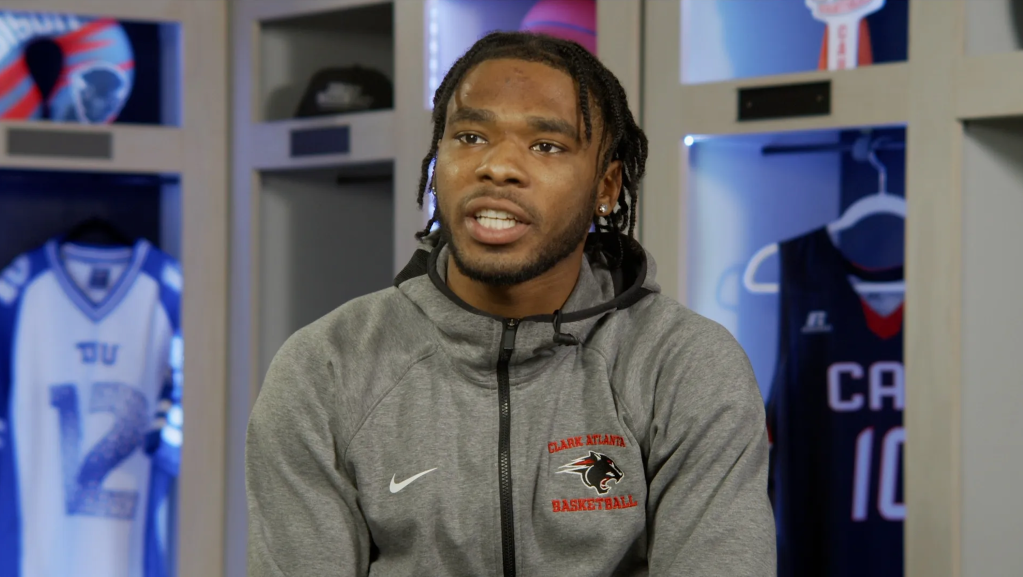
Source: NurPhoto / Getty
LGBTQ+ representation was still on the decline in 2017 despite high-profile wins, GLAAD’s sixth annual Studio Responsibility Index finds. Of the 109 major releases that were surveyed from 2017, just 12.8 percent included LGBTQ+ characters—that’s a 5.6 percent drop from last year’s report, which found that only 23 of the 125 major Hollywood films released in 2016 featured LGBTQ+ characters.
“The time has come for the film industry to step up and show the full diversity of the world that movie audiences are living in today,” GLAAD President Sarah Kate Ellis said at the time. “Films like ‘Moonlight’ prove there is a huge opportunity to not only tell LGBTQ stories worthy of Oscar gold, but to open the hearts and minds of audiences here and around the world in places where these stories can be a lifeline to the people who need it most.”
And the song pretty much sounds the same this year, with Ellis adding in her most recent statement that “it is time for lesbian, gay, bisexual, transgender, and queer (LGBTQ) stories to be included in this conversation in this movement.”
We’d agree, especially since, as GLAAD points out, 20 percent of Americans aged 18 to 34 identify as LGBTQ+. To spark a change, the organization is committing itself to pushing the industry to hit a target of 20 percent of major film releases including LGBTQ+ characters by 2021. By 2024, they hope to see the percentage raise to 50.
It’s not unrealistic, especially since some of 2018’s most notable releases—including Love, Simon and Annihilation—”included central queer characters who have agency over their own stories.”
“With wildly successful films like Wonder Woman and Black Panther proving that audiences want to see diverse stories that haven’t been told before, there is simply no reason for major studios to have such low scores on the Studio Responsibility Index,” Ellis said regarding 2017’s numbers. “At a time when the entertainment industry is holding much needed discussions about inclusion, now is the time to ensure the industry takes meaningful action and incorporates LGBTQ stories and creators as among priorities areas for growing diversity.”
According to GLAAD’s recommendations roadmap:
- Studios must do better to include more LGBTQ+ characters, and construct those stories in a way that is directly tied to the film’s plot.
- Far too often LGBTQ+ characters and stories are relegated to subtext, and it is left up to the audience to interpret or read into a character as being LGBTQ.
- Comic book films must reflect the diversity of their source material.
Head here to read GLAAD’s Studio Responsibility Index in full.
















